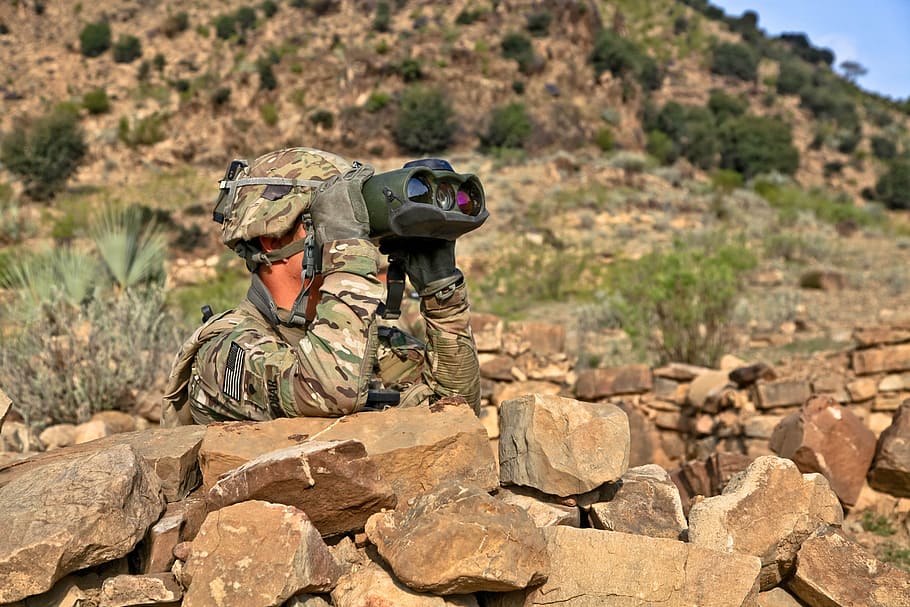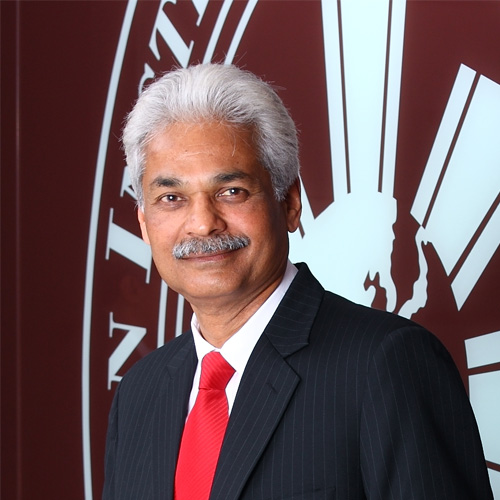Insulating Kashmir from Kabul
The Taliban has won in Afghanistan. The last bastion of resistance, Panjshir, has fallen. A new Islamic Emirate is set to be established. And the international community is busy making short-term tactical adjustments to cope with the new realities, with some pleased (Pakistan), some wooing the Taliban and vice-versa (China and Russia), and others (including India) slowly making peace with the tectonic shift in geopolitics, sparked by the messy and hurried withdrawal of the United States (US) from Afghanistan.
The menagerie of fighters, having achieved their common cause, is eager to pursue their own aims. Islamic State-Khorasan (IS-K), a loose affiliate of the original Islamic State of Levant, is keen to establish its supremacy, and is in contention with the Taliban; al-Qaeda, which has worked closely with the Taliban and the Haqqani network, strives for a wider arc of violence. Eastern Turkistan Islamic party (ETIM) dreams of an independent Uyghur State. The Islamic Movement for Uzbekistan (IMU) seeks control of Uzbekistan. The Tehreek-e-Taliban of Pakistan (TTP) wants the same in Pakistan. And then, there are Jaish-e-Mohammed (JeM) and Lashkar-e-Taiba (LeT) cadres, roughly 10,000-strong, who fought along with the Taliban and are now looking at opening new theatres of war, with an eye on Kashmir.
The Inter-Services Intelligence (ISI)’s pervasive influence over a clutch of militant groups such as the Haqqani network, LeT, and JeM will give it a pre-eminent position to advise or guide the Taliban on key issues. The ISI chief has visited Kabul to aid a smooth power transition. With the families of most Taliban fighters still housed in Pakistan, it is also a payback period as the Pakistani Deep State seeks to extract geopolitical concessions in return for its duplicitous game that enabled the Taliban’s return.
To this fragmented terror landscape and the presence of an external patron, add the fact that the US has left behind armaments, including light attack aircraft, Black Hawk helicopters, Humvees, rockets, guns and loads of ammunition, worth billions of dollars.
What are the implications for India? Some analysts believe that Taliban 2.0 is speaking the language of reform, by promising amnesty to those who worked with the Afghan government and international community; freedom to women; and openness to allow educational and other institutions to function. In reality, the killings of police officers, women and artists have continued. Officials and minority groups are fleeing, embassies are closing, and women, even in Kabul have been asked not to report to their workstations.
The Taliban represents two generations of fighters — one a little grey, sober and mature after two decades of constant fighting, while the other, new and brash, pursuing an Islam of the medieval era. As a result, contradictory statements emanate from the Taliban establishment. After a Taliban spokesman spoke of maintaining good relations with India, another leader told the BBC that it would raise the issue of Muslims across the world, including in Kashmir.
Kashmir lies at the intersection of the stated agenda of LeT and JeM, and their mentor, ISI. JeM was training its militants in Khost province during Taliban 1.0 before pushing them into India. With fears raised due to India’s aggressive response to terror, especially symbolised by the Balakot strikes, the Pakistani handlers of terror outfits may decide it is safer to shift training camps of jihadi cadres to Afghanistan and only keep the staging posts near the Indo-Pak border to push in foreign militants. Some reports suggest that there is already a spike in the number of foreign fighters. But real figures of infiltration, possible once the snow melts after the coming winter, will give us the real picture.
Violence in Kashmir peaked in 1996 with 4,496 terrorist incidents and the killing of over 1,400 civilians; 2,822 terrorists were shot dead by the security forces. The figures came down subsequently, till Kargil became the main focus of the armed forces and foreign militants took advantage of this to sneak in. Terrorist incidents again went up in 2001 and 2002, with 2,020 and 1,707 terrorists killed respectively during this period.
It may not be as easy for foreign militants to sneak in this time. Chief of Defence Staff Bipin Rawat has claimed that the counter-insurgency grid is strong. Besides, there would be a special dragnet for tracking and apprehending the incoming foreign militants. Intelligence agencies will, however, be hard-pressed to watch for other signs. Will drones be used to bring in weapons? Will pressure be again mounted on Punjab with drugs/weapons pushed atop drones? Most drones, so far, have been intercepted/recovered. Strong countermeasures to deter drone invasions need to be developed for both the Kashmir and Punjab sectors. A watch also needs to be kept over cyber space, where online recruitment to groups such as IS-K has been noted in the past.
But securing Kashmir cannot be through the prism of security alone. After the fair and successful conduct of district-level elections, the Union Territory is ripe for assembly elections and for being awarded the status of a full-fledged state. Tourist arrivals in large numbers have enthused ordinary citizens and this needs to be sustained. The involvement of more local officers, both in administration and police, is another imperative. With effective security measures and confidence-building initiatives, Kashmir can still remain immune to the churn in Kabul.
(This was first published in Hindustan times)



